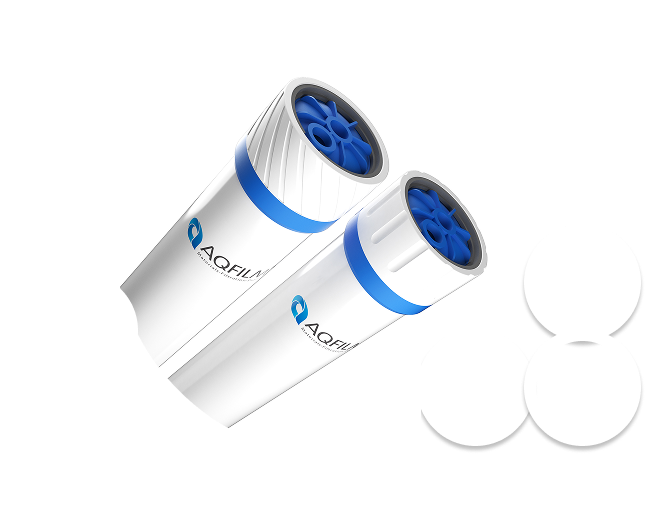AFP Series
The feed liquid to be processed enters the interior of the membrane filaments through the central pipe. Driven by pressure, the solvent and small-molecule solutes permeate through the membrane wall to the outside of the membrane filaments, becoming produced water that is collected. Meanwhile, macromolecular solutes, suspended solids, colloids, and other substances are intercepted inside the membrane filaments, and finally discharged after concentration. For example, in water treatment, water permeates from the inside to the outside of the membrane filaments, while impurities are retained within the membrane filaments.





